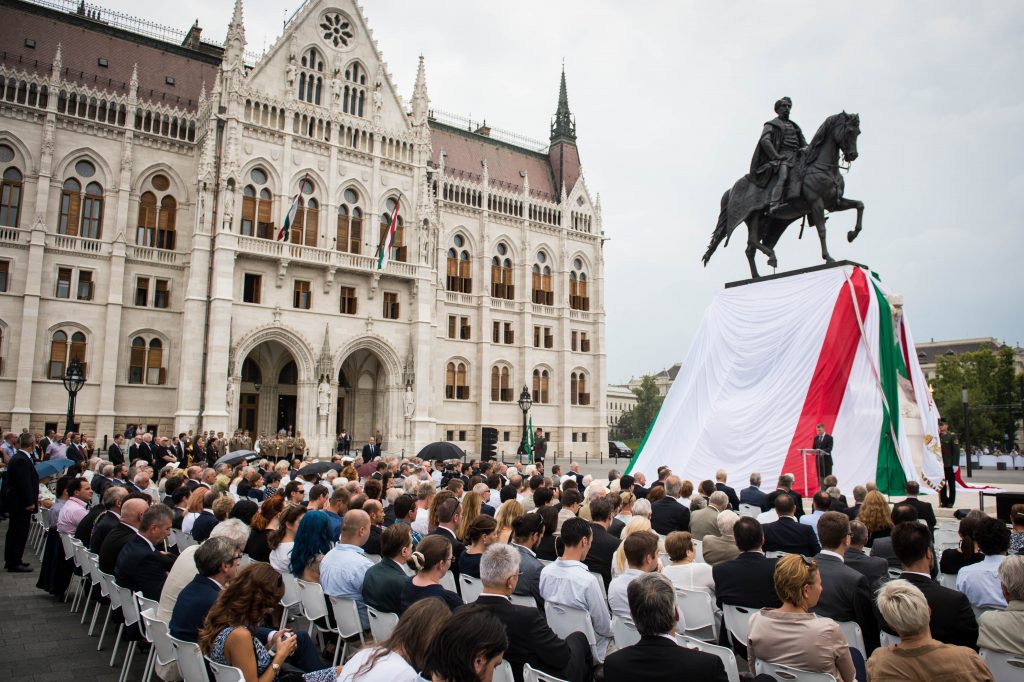We study how power-holders in CEE generate spaces through museums and restructure and use symbolic urban landscapes. The history team of the project looks at spatiality and temporality involved practices in Germany (Vuolteenaho & Palonen), Hungary (Czigány & Palonen), Poland (Kazlauskaïte) and Serbia and Kosovo (Vulovic). We look at how a political “us”, state, and history materialize and entangle through practices in the urban symbolic landscape, such as commemorative practices of statehood and nationhood as well as in contestations over symbolic infrastructure. We hope to find out how exactly and which temporalities and spatialities are used when power-holding regimes generate an “us” and seek to hold onto power, demonstrate, and collectively share their presence.

